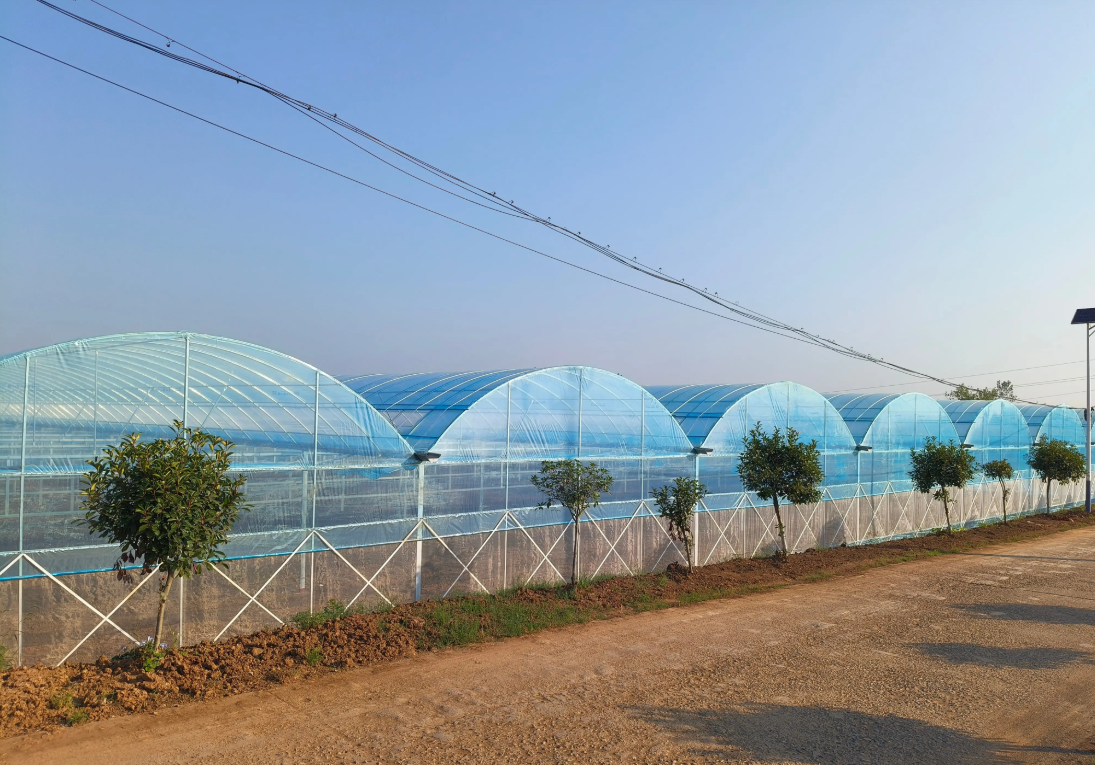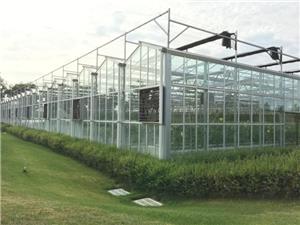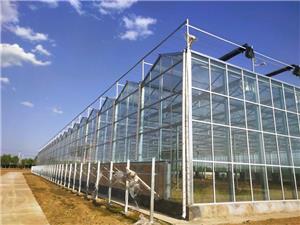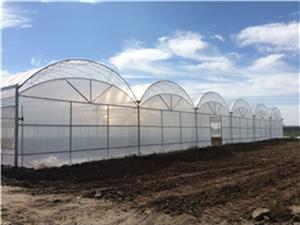Greenhouse film: The "protective membrane" of agriculture
In modern facility agriculture, greenhouse film is an indispensable key material. It is like an umbrella that protects crops, creating a unique micro-environment greenhouse plastic roll and bringing about many changes to agricultural production.
In terms of definition and basic concepts, greenhouse film is a kind of plastic film covering the surface of a greenhouse, mainly made of chemical raw materials such as polyethylene (PE), polyvinyl chloride (PVC), and ethylene-vinyl acetate copolymer (EVA). These polymer materials, after special processing, possess various properties that meet the demands of agricultural production. It is like the "skin" of the greenhouse, separating the internal space from the external environment, yet not completely isolating it. Instead, it ingeniously regulates the internal conditions such as light, temperature, and humidity.
In terms of performance characteristics, greenhouse film has excellent light transmission properties. Taking the common Po film as an example, greenhouse plastic roll high-quality Po film can have a light transmission rate of over 85%, allowing sufficient sunlight to penetrate and providing the necessary light conditions for plant photosynthesis. The EVA film performs even better in this regard. It not only has a high light transmission rate but also selectively transmits light of different wavelengths, which is more conducive to the growth and development of plants. Thermal insulation is also an important performance of the film.
The film can effectively prevent heat greenhouse plastic roll loss, allowing the heat in the greenhouse to be retained during the night or in cold seasons. For example, in northern winters, the greenhouse film can raise the temperature inside the greenhouse by 10°C - 15°C, creating a warm environment for crops such as vegetables and flowers. Moreover, it also has certain strength and anti-aging properties. Films with high tear resistance can withstand the damage caused by severe weather conditions such as strong winds and hail, extending their service life. For instance, PVC films that have undergone special anti-aging treatment can have a normal service life of 3 - 5 years, reducing the cost and manpower required for frequent film replacements.
Greenhouse film plays an irreplaceable role in agricultural production. It breaks the limitations of seasons and regions, allowing people to grow various crops under different climatic conditions. In the north, using greenhouse film to grow off-season vegetables in winter enriches people's dining tables; in the south, the film-covered greenhouses can withstand disasters such as heavy rain and typhoons, protecting economic crops. It also promotes the development of agricultural industrialization, increases the yield and quality of agricultural products, and boosts farmers' income. It is an important support for the development of modern efficient agriculture.
In modern facility agriculture, greenhouse film is an indispensable key material. It is like an umbrella that protects crops, creating a unique micro-environment and bringing about many changes to agricultural production.




